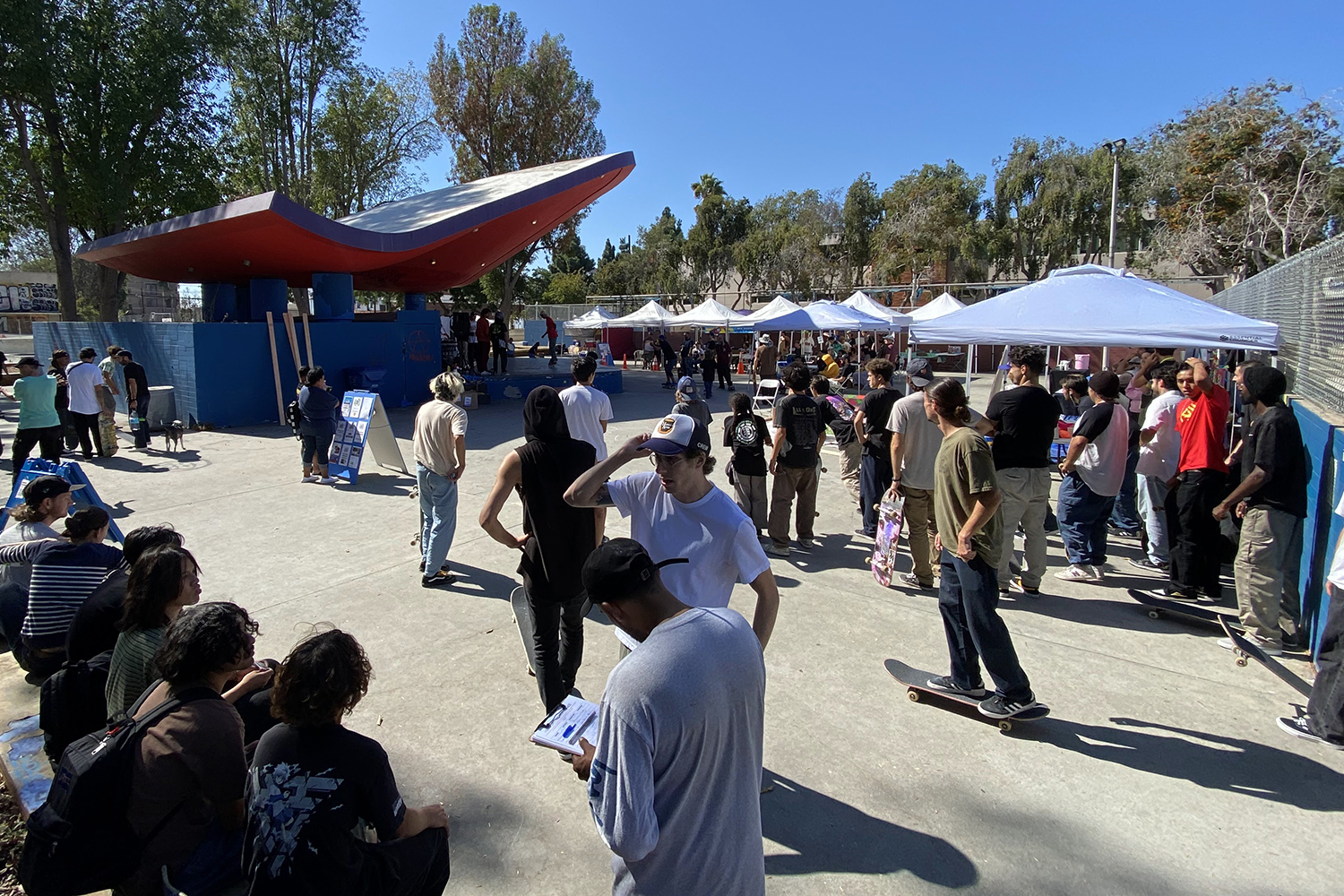Lens on L.A.’s Urgent Need to Construct More Housing
A Los Angeles Times op-ed written by Michael Lens, associate professor of urban planning and public policy, argues that stemming the flow of people into homelessness requires building more housing of all types, including market-rate. With homelessness as her top priority, L.A. Mayor Karen Bass has declared a state of emergency allowing her to expand the supply of temporary shelters and subsidized housing. Lens writes that these short-term solutions are not adequate to address the overarching problem that has driven up housing costs, and worsened homelessness, in Los Angeles: We do not build enough homes. Pointing to research showing that L.A. built fewer housing units in the 2010s than each of the two previous decades, Lens urged city officials to increase housing density in single-family and higher-income neighborhoods, among other recommendations. “If we don’t build more housing of all types, we are sustaining homelessness, not solving it,” he writes.








